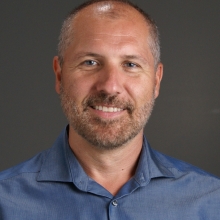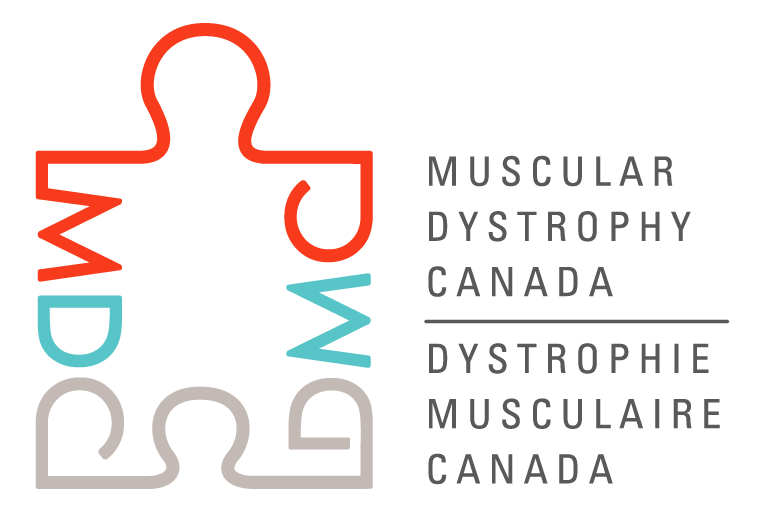Therapeutic potential of CK1 agonists in inherited peripheral neuropathies
2020
Lead investigator

Dr. Benoit Gentil
McGill University
Montreal, Quebec
Collaborators & Co-Investigators
- Rami Massie MD
Research Sites & Affiliations
- The Royal Institution for the Advancement of Learning, McGill University, Montreal, Quebec
Budget: $100,000
Disorders: Charcot-Marie-Tooth Disease , Giant Axonal Neuropathy , Autosomal Recessive Spastic Ataxia of Charlevoix-Saguenay?
Research Areas: Understand Diagnosis and Disorder Progression
Abstract:Genetic changes or mutations in the NEFL gene cause severe pediatric forms of Charcot-Marie-Tooth disease type 2E. Recent progresses of genetics points to an increasing contribution of genes involved in neurofilaments (NF) homeostasis as a cause of Hereditary Motor Sensory Neuropathies (HMSN). The NF network provides an excellent biomarker for the development of therapies targeting the mechanism of sensory motor degeneration. Kinases, small molecules in our bodies, like the casein kinase 1 (CK1), play a crucial role in the complex assembly process of NFs and our preliminary data point to a role of CK1 in the development (or )of these HMSN. Our proposal aims to determine the role of CK1 in the pathogenesis of HMSN and the therapeutic potential of a brain permeant CK1 agonist.
We aim:
1) To demonstrate that CK1 is involved in proper assembly of CMT2E-causing mutants NEFL in vitro and in vivo.
2) To demonstrate that CK1 is involved in the pathogenic cascade caused by mutations in GAN, HSPB1 and SACS in cellular models.
3) To Test the therapeutic potential of the CK1 agonist and demonstrate the proof of concept. We expect to identify the contribution of CK1 in the pathogenic cascades of these HMSN and the therapeutic potential of a CK1 agonist. The proposal includes a close collaboration with clinicians (Drs Massie, McGill university) for developing a therapy translatable to human and to identify patient’s populations who will benefit of this therapy.
Impact:
